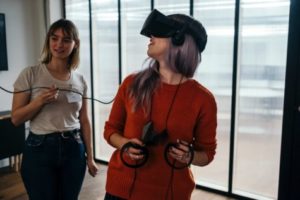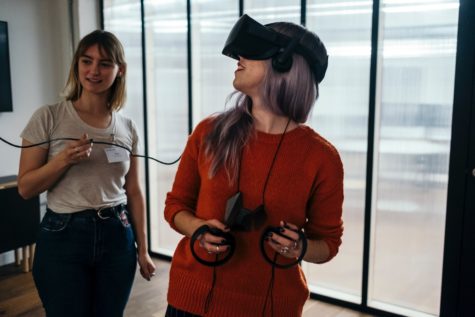CHAPEL HILL, N. C. — Want to solve your balance issues before another fall? Strap on a headset.
Researchers at the University of North Carolina and North Carolina State have started to test for balance issues in the elderly using virtual reality (VR) with encouraging results.

The study team used a new VR system to create the visual sensation of loss of balance while participants walked safely on a treadmill. Franz and his team recorded the movements of the study participants — 12 healthy adults in their 20s — after their balance was visually disrupted, and noted how specific muscle groups responded.
“We were able to identify the muscles that orchestrate balance corrections during walking,” says Jason R. Franz, PhD, an assistant professor of biomedical engineering, in a news release. “We also learned how individual muscles are highly coordinated in preserving walking balance. These things provide an important roadmap for detecting balance impairments and the risk of future falls.”
Participants walked on a treadmill in front of a large, curved screen. Franz and his team used 14 different cameras to record 30 reflecting markers on the legs, back, and pelvis of each participant. This technique allowed the researchers to see how each specific muscle group that controls posture, gait, and foot placement works together to correct loss of balance.
Falls are a serious risk for the elderly. Hundreds of thousands of elderly people are hospitalized in the US alone every year from injuries suffered in a tumble. While younger people have fully-developed and functional “sensors” in their feet and legs that help them get an accurate sense of body position and balance, older people start to lose these sensors as they age. Those with neurodegenerative diseases, such as multiple sclerosis, lose their sense of balance as well, and they often rely on visual cues to stay upright.
“Early work in our lab suggests it’s possible to use these visual perturbations to train a person’s balance control system to respond better to imbalance that occurs in daily living,” Franz said.
With more research, the authors contend, using VR could be instrumental to diagnosing balance problems before they result in a serious injury from a fall.
The study’s findings were published in the journal Nature Scientific Reports.

Comments
Comments are closed.